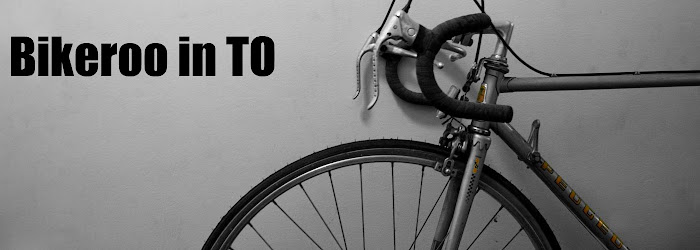 Thieves can easily pop off the ring, remove the bike and take it home (with or without the ring attached, depending on how the bike was locked) and cut the lock at their own leisure. The city has attempted to solve this issue by adding an additional ring to reinforce the first, however, the process has been very slow leaving hundreds or vulnerable ring & posts being used. In addition, the added thickness of the ring makes locking up a bit difficult for people with shorter U-locks such as the Kryptonite Evolution which are well used due to their reliability and compact size.
Thieves can easily pop off the ring, remove the bike and take it home (with or without the ring attached, depending on how the bike was locked) and cut the lock at their own leisure. The city has attempted to solve this issue by adding an additional ring to reinforce the first, however, the process has been very slow leaving hundreds or vulnerable ring & posts being used. In addition, the added thickness of the ring makes locking up a bit difficult for people with shorter U-locks such as the Kryptonite Evolution which are well used due to their reliability and compact size.It would be great to see the city look at other types of posts for bikes, in fact there are a few different examples used in Toronto. The example below was taken at an apartment building just south of St. Clair W / Bathurst. The large ring has the potential to lock up 2-4 bicycles depending on arrangement. It's simple but effective.


Over the next little bit I'll be posting other examples of public/private outdoor parking infrastructure used in Toronto. What's great about having different kinds is that it helps deter theft, having different designs means thieves would have to think up ways to break into each one instead of plan for just 1 design. In addition, different designs can be used based on available space and layout of the sidewalk. Lastly, they can add to the aesthetics of the streetscape when done right.


